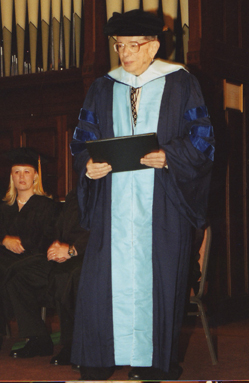The Creative Process

In my first semester at Vermont College as I studied the process of posthumous sculpture for my book “Bringing to Life the Spirit of the Deceased – A Sculptor’s Journey.” I noted there are documented stages of the creative process.
“In the late nineteenth century and early twentieth century, German, physiologist Herman Helmholtz and mathematician Henri Poincaré defined four steps in the creative process: saturation, incubation, illumination and verification. American Psychologist George Kneller later added first insight to the list of stages of the creative process. Artists, scientists, mathematicians, and musicians journey through all these stages as they are creating a piece of artwork, seeking new ideas and solutions or creating music. Each phase of the creative process is a little different.”
In the case of the Dick Hathaway sculpture, first insight might be the idea of creating this work of art. Then I enter the stage of saturation, which that I am in now. I am saturating myself with everything that is Dick Hathaway. I feel that I am quickly entering incubation. Everything that I am finding out about Dick will incubate within me and will continue as I begin sculpting. Illumination comes when I have captured Dick, his likeness and his spirit. Verification is checking everything to make sure it works.
Saturation and verification are something that I can do physically. I can manipulate that part of the creative process. The other three are more mystical in nature. I have spoken with my husband often about this subject. He, too, is an artist. I believe you can welcome and entice the creative process, but you cannot harness it—creativity kind of floats out there. You just try to make all things ready and hope you will “catch the wave and ride it in.”
… In my inner journey and research of this idea of creating posthumous portraiture I wonder, does something or someone meet me in this mystical place of the creative process?”
